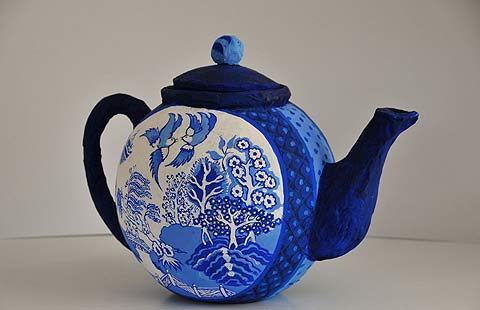Black-and-white star power
By Erik Nilsson ( China Daily ) Updated: 2014-04-01 07:27:37
 |
|
A giant panda. Photo provided to China Daily |
 |
| Panda visit wows Obama family on last day of tour |
 |
| Panda cubs at Chengdu Research Base in SW China |
Another pair - Fu Wa and Feng Yi - will go to Malaysia in April to commemorate the 40th anniversary of the establishment relations'.
"The idea behind (these loans) is the countries trust each other enough to entrust the care of their most precious animals in the hands of their international partners," explains Aleksandra Bojarowska, who's completing her master's thesis on China's panda power at the University of Nottingham.
Despite conditional leases replacing unstipulated gift giving, pandas remain a natural source of soft power - in every sense of the phrase.
"China can position itself as a generous friend, who's willing to send some of the rarest mammals on the planet to certain zoos," explains Falk Hartig, a postdoctoral researcher of Chinese diplomacy at Goethe University in Frankfurt, Germany.
"What's helpful here is the fact the giant panda only lives in China, which makes it a unique public diplomacy tool."
But he points out soft power is difficult to quantify - making it as fuzzy as the bears.
"If we understand soft power as winning hearts and minds, I'd say the panda might help to win hearts abroad but maybe not necessarily minds."
Many "China threat" theorists defer to the dragon rather than the panda as China's totem. But this demonstrates misunderstanding, other scholars say, since Chinese dragons aren't menacing firedrakes but rather are water-dwelling dispensers of good fortune.
There's even a current within Chinese academia to replace the word "dragon" with the Chinese word long in English to distinguish the fabled beasts' Eastern and Western cultural taxonomies.
"In the West, the dragon is more associated with aggressiveness, hawkishness and the like," says Hartig, whose study Panda Diplomacy: The Cutest Part of China's Public Diplomacy was recently published in The Hague Journal of Diplomacy.
"The panda, on the other hand, is a symbol of peacefulness, which fits much more with China's official foreign policy goals of building a harmonious world."
This charm extends beyond government realms to ordinary people.
Michele Vaught from the US believes both creatures are associated with China, but the panda is more appropriate - to tattoo on her skin. That's why the 28-year-old got the Chinese characters for "panda" inscribed on her midsection when she visited the country in 2005.
"I don't even know where this dragon nation usage originates from. But it's used constantly in academic thesis statements," she says.
"However, there are no real dragons. You can't go to a zoo or see a National Geographic photo of a dragon. And it's not quite the universally recognized symbol across all age groups like the panda."
|
|
|
|
|
|
|
|





















 Raymond Zhou:
Raymond Zhou: Pauline D Loh:
Pauline D Loh: Hot Pot
Hot Pot Eco China
Eco China China Dream
China Dream China Face
China Face





